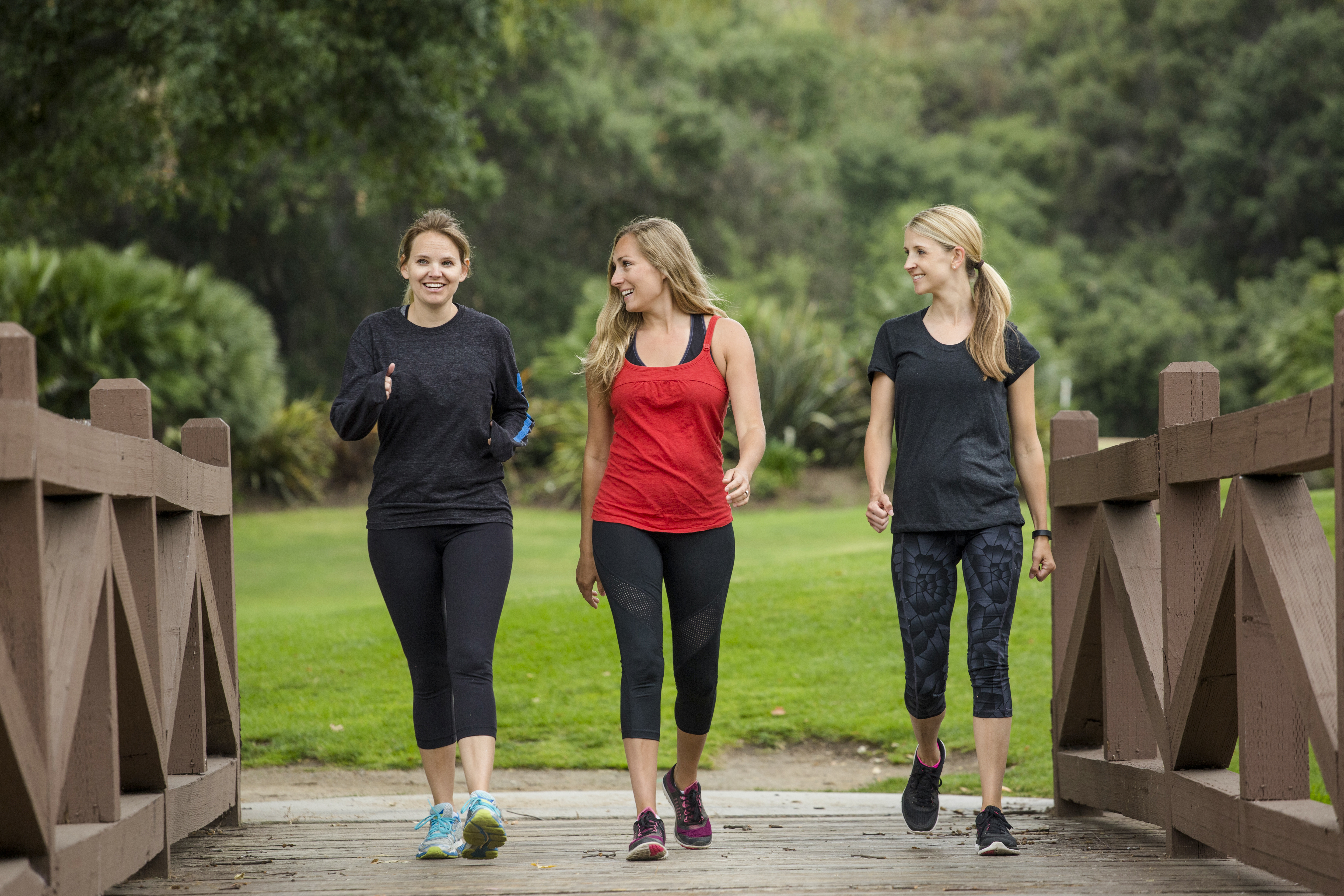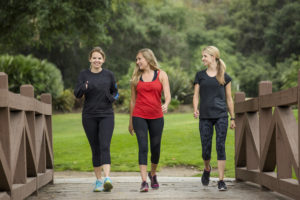
Factors that Affect Physical Activity
Your physical ability changes throughout your life span. It is easy to see that children have endless energy and keep going like the energizer bunny. Although times have changed and we know have electronic devices, most children still prefer to play outdoors with their friends. However, this behavior starts to change when they become teenagers. Unless they are involved in sports they become sedentary into their adult years.
As we get older, different factors begin to dictate our ability to stay active. With proper planning, we can often remedy the complications that interfere our physical activity. Individuals with chronic issues, however, must find ways to stay active that fits within their limits.
Factors that affect physical activity or working out can be real or perceived. Studies shows that weather, cost,environment, health and social factors can cause a person to be sedentary and they are least likely to enjoy physical activity. Furthermore, people who enjoy being physical active are more physically active (Solomon et al, 2003). Nonetheless, if you really want to improve you health and well being you will find a way to get moving. Can you relate to any of the below factors that might be preventing from being more active?
Social
Social factors affect physical activity more than you think. There is a lot of pressure to look a certain way, especially when wearing workout clothes. Many people prefer to work out in a private area. The social atmosphere at the gym can limit the freedom with individuals that are shy or self-conscious. Women may have a difficult time working out in front of men. It can help to have classes or weight rooms for women only.
Group exercise classes can also be intimidating. There are many different levels of students in these classes. Some individuals may be nervous because they do not know how to do the exercises. It can be helpful to remember that everyone in the class was a beginner at one time. The veteran students may be helpful when you have questions or need help with new moves.
There are many other social aspects of life that can get in the way of physical activity, as well. When your friends go out for drinks after work, it can be difficult to commit to working out instead. Plus you will be tempted to eat the bar food at happy hour. A healthy lifestyle takes a lot of self-control and discipline. But the journey is yours only and can be very lonely. Just keep your eyes on the prize.
Environmental
The environment you live in can easily affect your physical activity capabilities. Certain environment is not conducive to working out because the ambiance is not right. Instead of seeing people biking, jogging or roller blading, you are surrounded by people hanging out. The last thing you feel like doing is working out. Your mood often determine your action. In addition, a stressful home can drain a lot of your energy. You may be both mentally and physically exhausted from the chaos around you.
You can start to get this under control by setting boundaries and a schedule for the entire household. Kids can contribute to high stress levels if there are not clear rules. Even a cluttered home can make you feel too stressed out to exercise. Trying to keep a messy house in order can takes up a lot of time. A little organization can give you great peace of mind.
Depending on where you live, the outdoors can be an issue. Mild, comfortable temperatures make it much easier to get out the door and be active. Extreme heat can leave you exhausted and out of breath with minimal activity. Cold and snow can also leave you unmotivated to leave the house. If you live somewhere with very hot or cold temperatures, consider purchasing some versatile workout equipment for the house.
Is it possible to workout at home. This could be in your living room, garage or backyard. You do not need expensive gadgets to get a good workout. A collection of weights, a jump-rope, and a yoga mat are great accessories. Resistance bands and an exercise ball can also help while you follow along with your favorite workout videos.
Do you feel safe walking in your neighborhood or at the park? Besides criminals you might also have to worry about stray dogs. If it unsafe then you can always watch indoor walking videos or walk with a group.
Psychological
There a many psychological barriers to getting healthy, as well. If you suffer from depression or anxiety, you may have a hard time leaving the house. It is good make a workout schedule and try to stick to it. A workout buddy can also help you remain accountable and talk you through the rough days. Many people do not realize that mental disorders can cause severe fatigue and even physical pain. Exercising can relieve these symptoms, however.
It is common to feel overwhelmed when you must lose a lot of weight or are new to exercising. You may not see a lot of progress right away. It is best to lose weight slowly with a combination of healthy meals and exercise. It may takes 6 months to see a big difference. You can overcome this obstacle by focusing on how you feel instead of how you look. You may quickly notice an increased energy level, better sleep, and improved mental health.
Health
Do you have any health conditions such as arthritis that makes it difficult to be active? Hormone disorders, such as thyroid disease, may contribute to excessive weight gain. Even if you have health problems there is still hope. When health issues are involved, a holistic approach is necessary. A combination of medical care, nutrition and limited exercises can help you get healthy again. Physical therapy is a common activity that doctors prescribe to help people overcome injuries, as well. Experienced therapists can help you learn the proper exercises that lead to healing.
Psychosocial
Of all your close friend and relatives, are you the only one that is on a path to better health. If so you, then you are on your own and have to stay laser focus on your goals. Social Media is fill with groups that you can possibly participate in. These will be people of like mind and similar goals. Therefore, you will also be able to get tips and tricks of how to stay on track. Since your friends and family are not interested in your journey, then you will have to seek support from others that have similar interests.
Physical activity is not always easy but it is necessary for good health. Sometimes we procrastinate and want to wait until all the stars line up in perfect order prior to starting. Unfortunately , there is no perfect time but why not now? What’s stopping you from being more active?
Work Cited
Salmon, J., Owen, N., Crawford, D., Bauman, A., & Sallis, J. F. (2003). Physical activity and sedentary behavior: A population-based study of barriers, enjoyment, and preference. Health Psychology, 22(2), 178-188

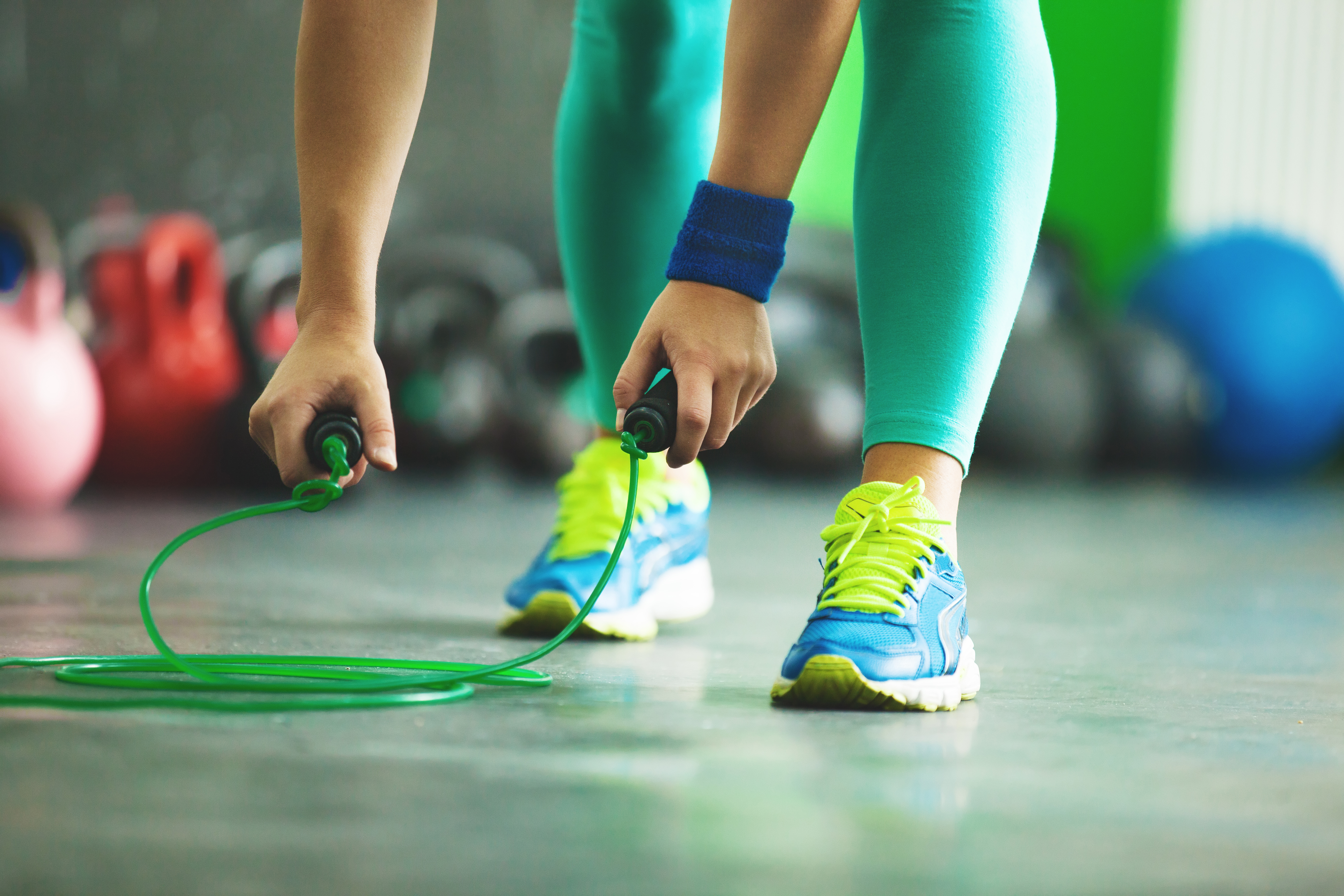
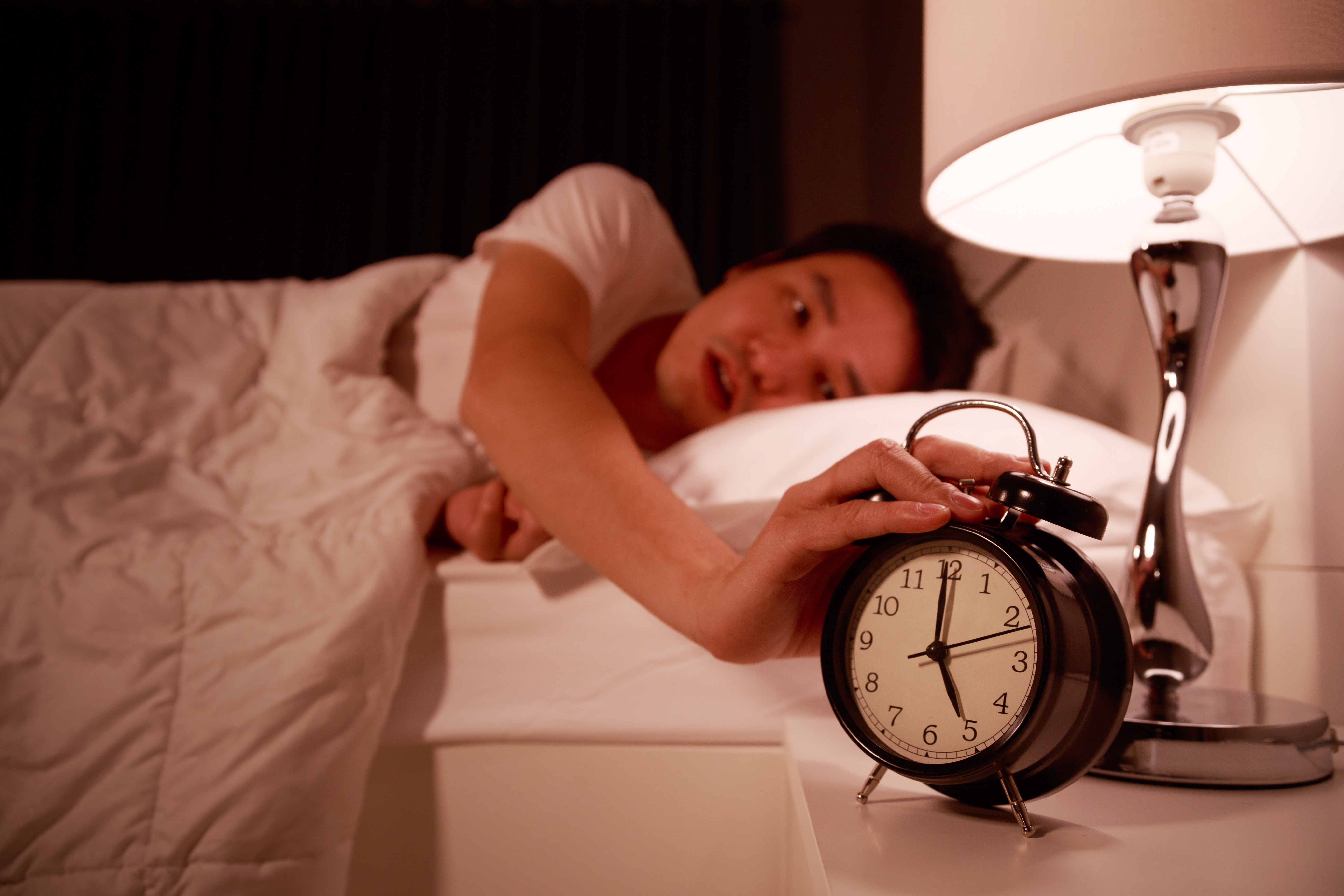






 Daily Activities to Keep Your Body Healthy and Reduce Pain
Daily Activities to Keep Your Body Healthy and Reduce Pain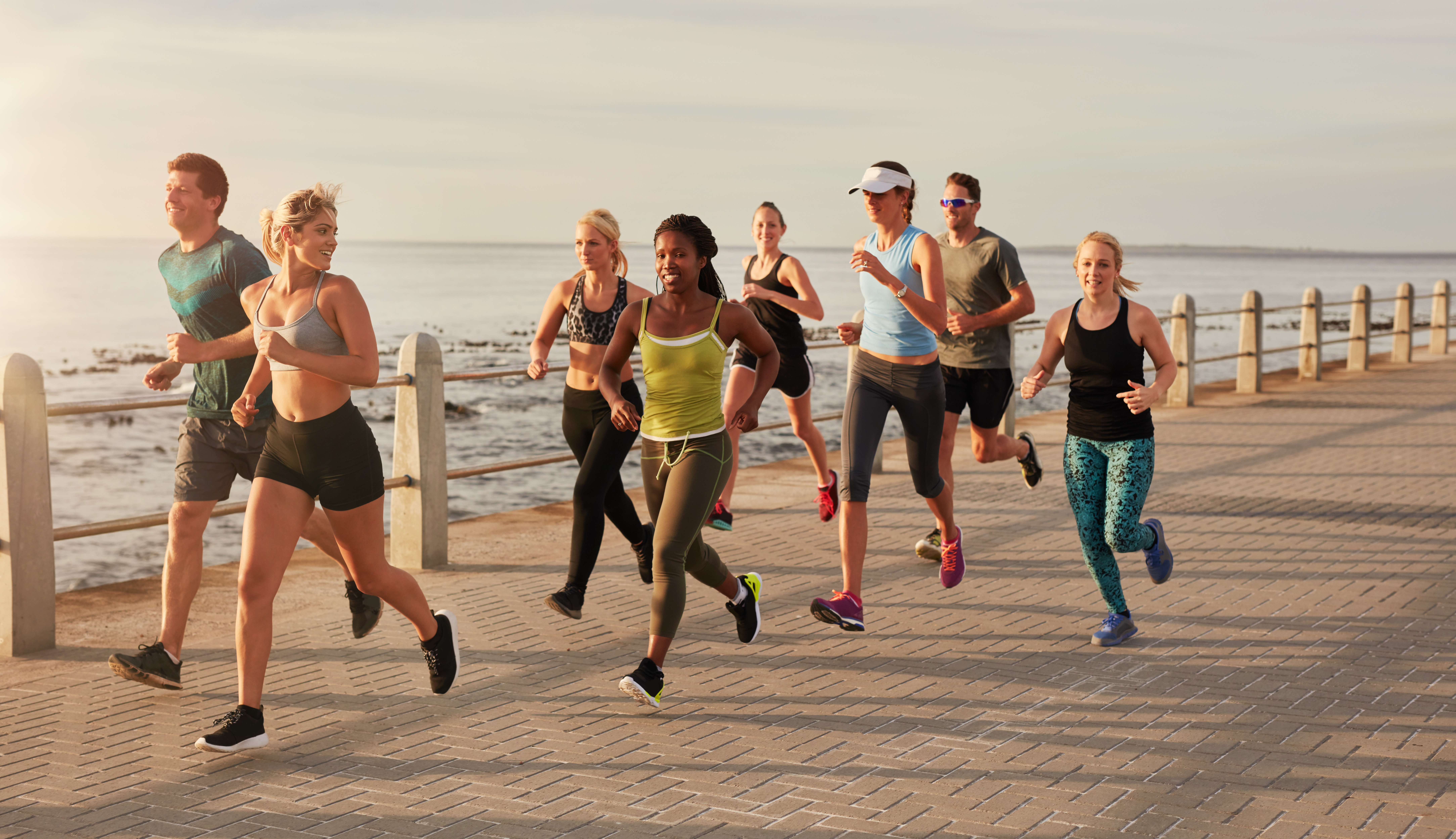

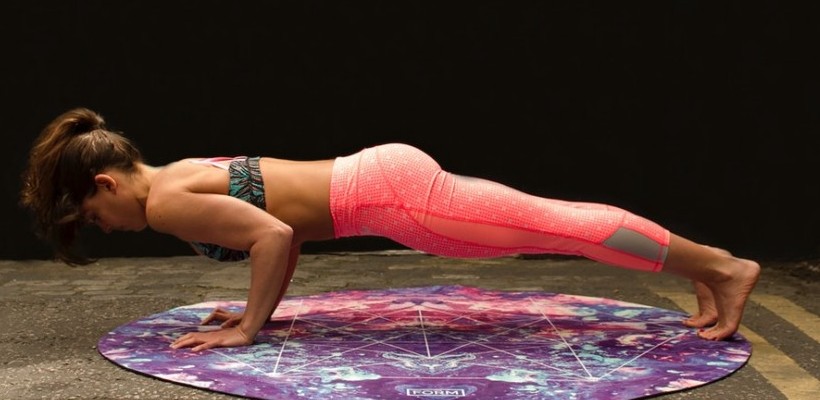

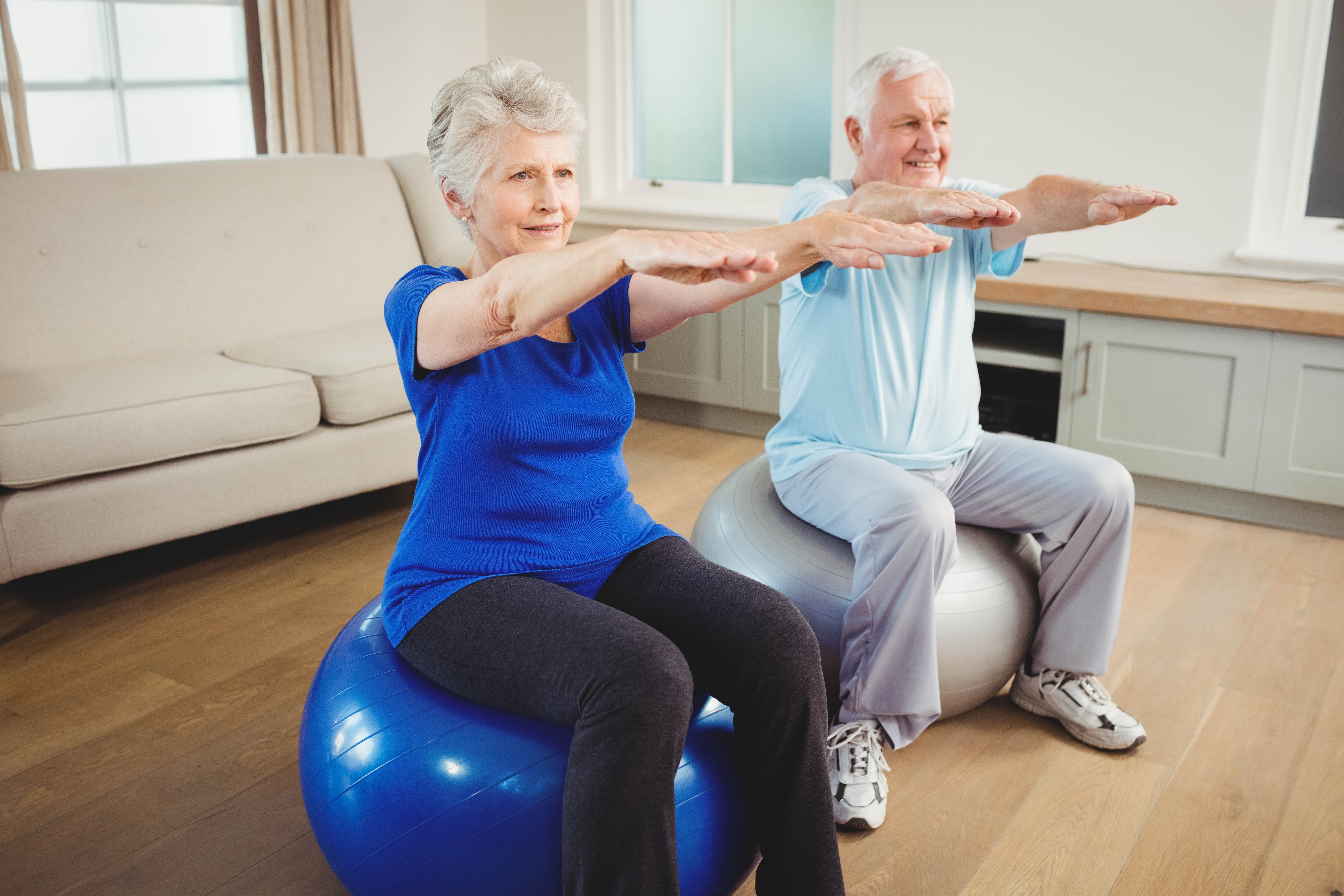
 When is it Too Late in Life to Exercise?
When is it Too Late in Life to Exercise?